ULTRARAM
New and articles of Ultralow-power, Non-volatile, Random Access Memory Arrays for Datacentres and Space Applications
News

ULTRARAM project: the energy-efficient memory for data centres and space

CBI4AI program: connecting technology with human needs
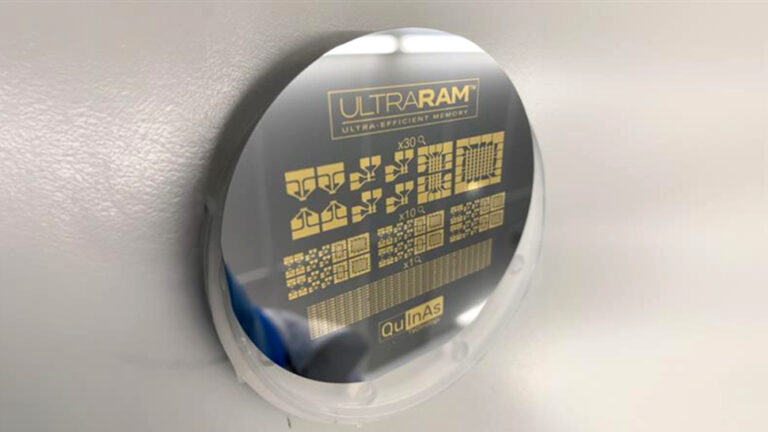
ULTRARAM project: Quinas Technology's earns Global Recognition at IC Taiwan Grand Challenge

Celebrating Innovation: highlights from the ATTRACT Pre-Final Conference
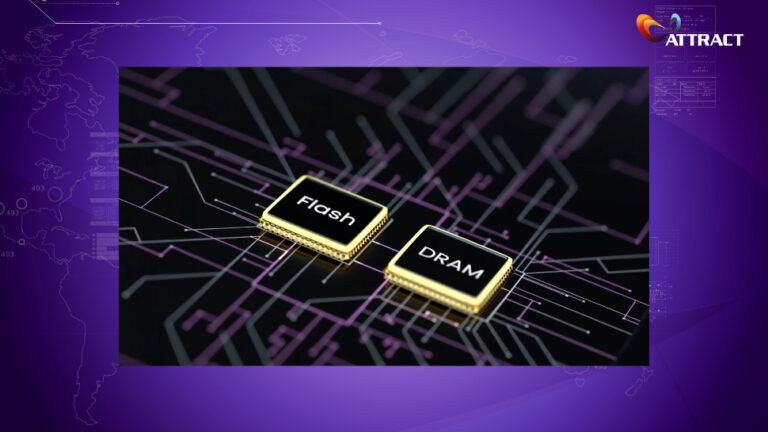
Innovate UK awards over £1M for ULTRARAM™ industrialisation

ATTRACT Pre-Final Conference: discover the 18 R&D&I funded projects
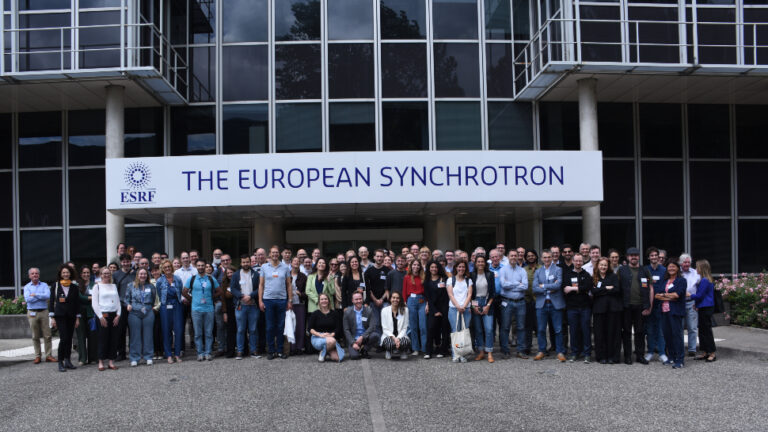
ATTRACT Pre-Final Conference: shaping the future of innovation and collaboration

Innovation, the Art of Abolishing Distance: Building the ATTRACT DeepTech Ecosystem
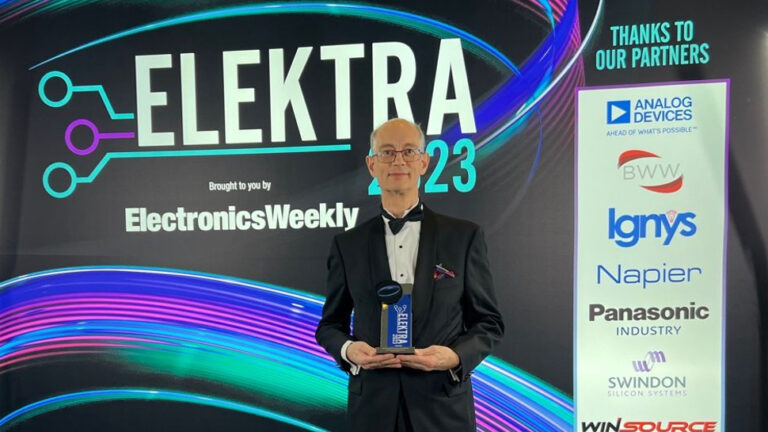
ULTRARAM project won the University Research Project of the Year – Elektra 2023

ULTRARAM spinout wins “Most Innovative Flash Memory Startup” award in Silicon Valley
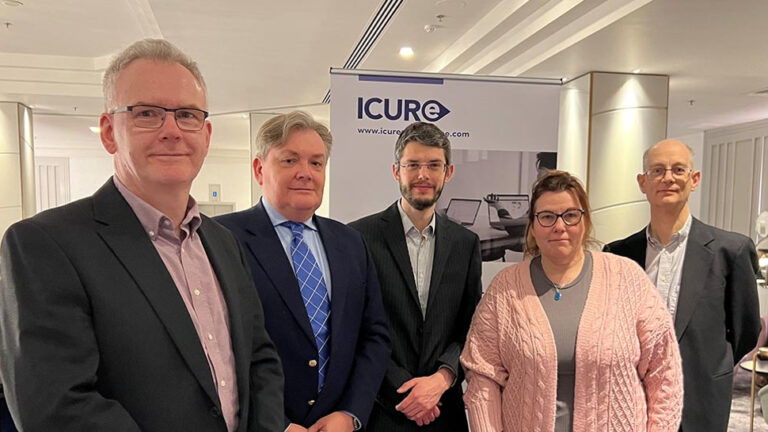
ULTRARAM: the 'universal memory' will be commercialised by a spinout company created by Lancaster University

ULTRARAM: a memory that combines the performance of DRAM with the non-volatility of Flash
In the media

UKRI announces full list of 16 semiconductor projects getting government funding
UKRI has announced the 16 semiconductor projects sharing £11.5 million to scale up semiconductor manufacturing, improve supply chain resilience, and establish innovations and new manufacturing techniques, among others. One of them is ULTRARAM computer memory.

Quinas gets £1.1m to produce UltraRAM
Quinas, the startup founded by IQE and the universities of Lancaster and Cardiff, has received £1.1 million from Innovate UK to take UltraRAM further towards mass production. Invented by Professor Manus Hayne, UltraRAM technology is non-volatile with the speed, energy efficiency, and endurance of DRAM.

ATTRACT Pre-Final Conference: discover the funded projects
The ATTRACT Pre-Final Conference was a crucial event for ATTRACT phase 2. It brought together a large community of researchers and innovators to explore technological advancements with the potential to address critical societal challenges and push the boundaries of scientific discovery.

‘Holy grail for memory tech’: New candidate for universal memory emerges in race to replace RAM and NAND
The current memory market, worth $165bn a year, is dominated by DRAM and NAND flash. ULTRARAM, developed by Quinas Technology, a spinoff from Lancaster University in the UK, combines the advantages of both, offering fast, non-volatile memory with high endurance and ultra-low switching energies.

Elektra Awards 2023: ULTRARAM project wins Readers’ Choice award
The article about Lancaster’s research investigated the commercialisation of ULTRARAM™ which is a novel type of universal computer memory invented by Manus Hayne, won the award ‘University Research Group of the Year’ at the Elektra Awards.

ULTRARAM universal computer memory to be commercialised
Lancaster University is to create a spinout company to commercialise the universal computer memory technology ULTRARAM developed at the university.

UltraRAM: el sustituto de la RAM y el SSD (in Spanish)
UltraRAM es un tipo de memoria prometedora con posibilidad de aunar en un mismo dispositivo tanto la memoria de acceso aleatorio por su velocidad, y la memoria de almacenamiento secundario por su capacidad de no ser volátil.

Lancaster University invents universal memory technology
ULTRARAM is to be commercialised following the successful completion of the ICURe Explore award as part of the prestigious Innovate UK ICURe Programme designed to help researchers explore the commercial application and potential of UK research.

Breakthrough ULTRARAM paper selected as best of 2022 by journal
A scientific paper on a pioneering type of patented computer memory known as ULTRARAM™ has been selected as the best of 2022 for the journal Advanced Electronic Materials.

UltraRAM as a high-endurance, low-power, silicon-hybrid storage solution (in Spanish)
Investigadores del Departamento de Física e Ingeniería de la Universidad de Lancaster han compartido sus avances en el desarrollo de componentes electrónicos, con una solución que aunaría la RAM y la memoria de almacenamiento en lo que han llamado UltraRAM.

UltraRAM: the definitive invention that could unite storage and memory (in Spanish)
El invento ha sido bautizado como UltraRAM y combina lo mejor de la memoria RAM y del almacenamiento SSD para ofrecer una versión ultrarrápida de la RAM que no descarga los datos cuando se apaga.

ULTRARAM: the future of hybrid storage of the type RAM + SSD (in Spansih)
Es importante destacar que la UltraRAM podría ser el tipo de memoria universal que algún día satisfaga todas las necesidades de memoria, tanto de RAM como de almacenamiento, de los PC y dispositivos tecnológicos de cualquier tipo.

